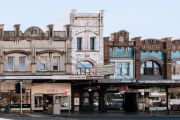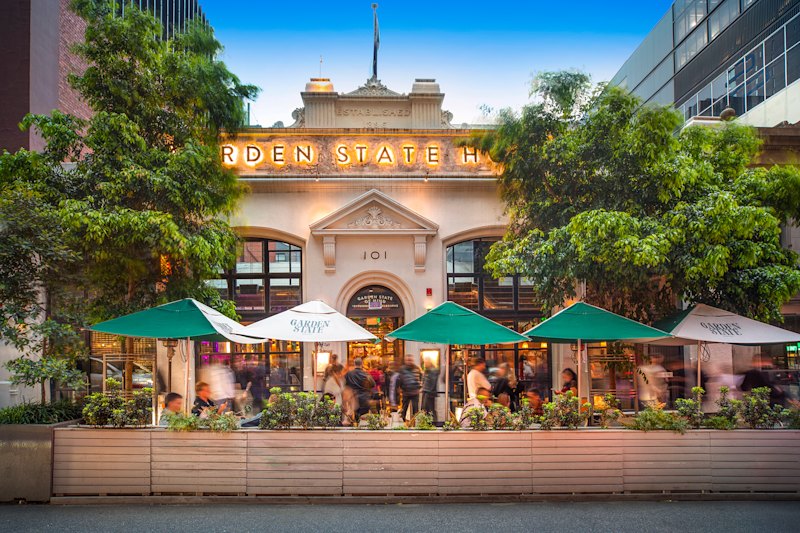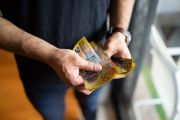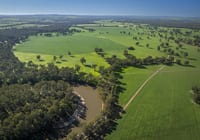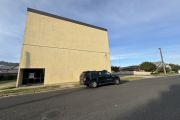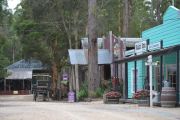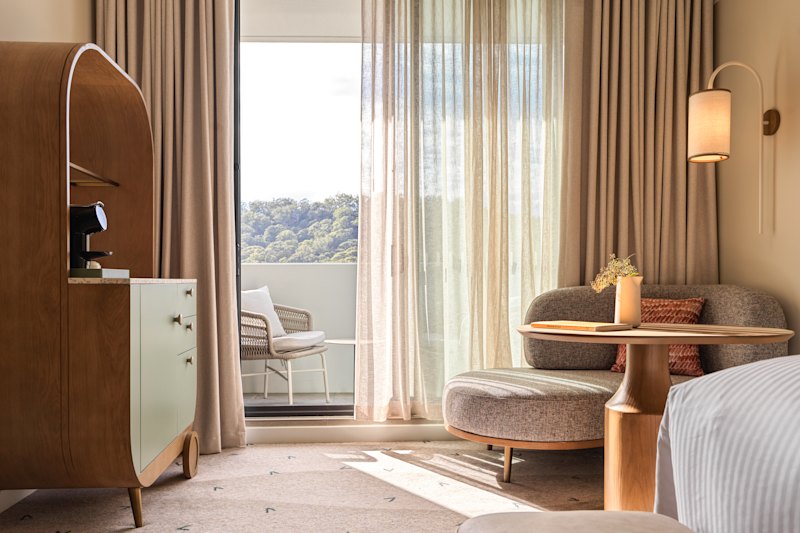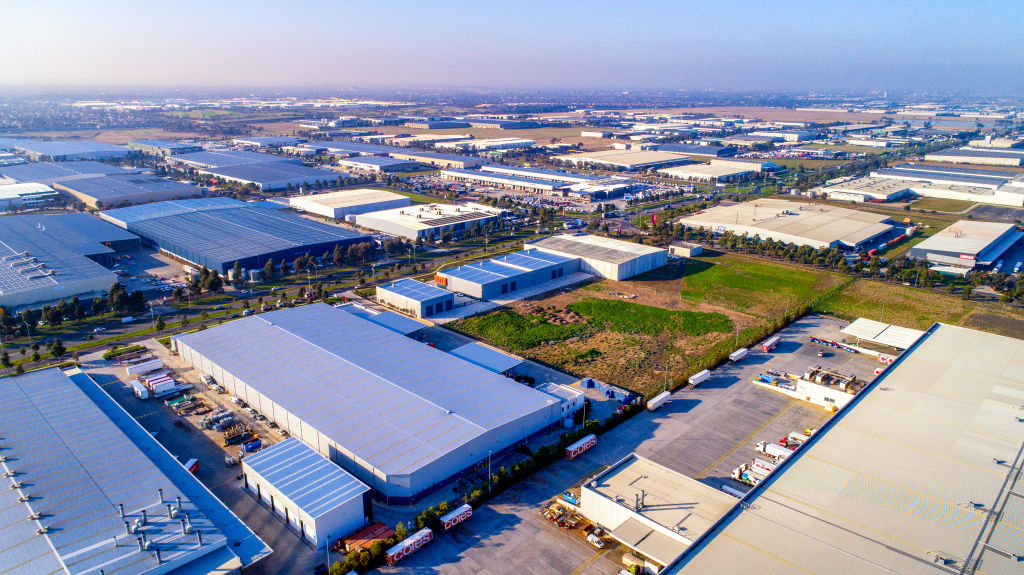
The squeeze on Sydney industrial land is a boon for Melbourne and Brisbane
Industrial property occupiers forced out of the constrained Sydney market are flocking to Melbourne for space, and Brisbane is tipped to be next in line.
Sass J-Baleh, JLL’s Australian research director, said industrial take-up within Melbourne in the second and third quarters of 2019 had been the highest in the country, hitting 520,000 square metres. This represents more than 40 per cent of industrial space absorbed nationally.
In the same period, Brisbane’s share made up 23 per cent of the national take-up, while Sydney’s accounted for 22 per cent.
This indicated a lack of available industrial space in Sydney was contributing to higher take-up levels in Melbourne and eventually Brisbane, Ms J-Baleh said.
“I think that may be something we will see in the short to medium run for Brisbane; occupiers who do not necessarily need to be located in Sydney will look to other east-coast markets,” she said.
“We are seeing this currently in Melbourne and expect to perhaps see a bit of this come through to Brisbane in 2020 when there are a lot more options on new industrial facilities.”
Queensland-based Corwells director Paul Bates said he had seen a jump in interstate inquiries for industrial land from speculative builders looking to replicate their success in Sydney and Melbourne and capitalise on the “relatively stable” Queensland industrial property market.
“The continuing compression of investment yields have seen sale prices rise to all-time highs. With the low interest rate environment, there is still potential growth for the south-east Queensland industrial market for new buildings with leases of five to 10-year initial terms,” he said.
Mr Bates added that most buyers wanted to diversify their portfolio and spread the risk by having real estate in multiple states.
“A number of buyers have said they are looking for new opportunities in Queensland so they don’t have to battle with what they perceive to be saturated markets in Sydney and Melbourne.”
He noted that pricing for industrial land in Queensland was similar to certain segments of Sydney and Melbourne, ranging from $300 to $600 per square metre. The higher end of that scale is for land 10 to 15 minutes from the CBDs of Brisbane and the Gold Coast.
Charter Hall’s industrial chief executive officer Richard Stacker said Sydney and Melbourne had the most critical land shortages.
“Both markets represented the greatest rise in industrial demand and [had] severe challenges in unlocking serviced and zoned development land,” he said.
Mr Stacker believes the three factors that are the key barriers to increasing supply, especially in the outer areas, are effective infrastructure investment, servicing the industrial land and the supply of industrial-zoned land.
“But in Sydney, the geographic constraints also limited the timely supply of development stock,” he said.
The biggest roadblock to increasing industrial supply is the lack of zoned land with readily available services, particularly sewer, potable water and power, according to Cameron Grier, CBRE’s regional director, Pacific industrial & logistics services.
“There is actually plenty of land in both Sydney and Melbourne around the main industrial corridors, the issue is zoning and the timeframe to get services to these sites,” he said.
JLL’s head of industrial for western Sydney Peter Blade said industrial land supply in NSW might catch up in 2021-22, thanks to large-scale investment from the private sector in the Horsley Park, Kemps Creek, and Badgerys Creek area.
But he expects these supply opportunities to be “stalled by multiple government bodies” due to the costs of infrastructure to bring new land online.
In Melbourne’s south east and bayside market, from Moorabbin to Dandenong, there were 360 hectares of remaining undeveloped industrial-zoned land, Colliers International’s industrial director Gordon Code said.
He expected that bank of remaining land to be worked through in about three years “on current forecasts for special development and pre-commitment activity”.
“The other dial-turner is that because there is so much of this remaining land controlled by just three main developers, and the balance is being sold to and competed for by owner-occupiers and smaller developers, land prices have doubled in the last 24 months in the south-east, with serviced industrial land now worth around $500 a square metre.”
Yet new supply levels in Melbourne would drop off “significantly” by the end of 2020, CBRE’s head of logistics and retail research Kate Bailey said.
The industrial development pipelines from now to 2024 in Sydney and Brisbane are forecast to see 78 per cent and 26 per cent more supply than in Melbourne respectively. Notably, Brisbane’s market is less than half the size of Melbourne’s.
JLL’s Victorian head of industrial Matthew Ellis said it was becoming increasingly important for industrial land to be close to a growing population base for last-mile delivery and logistics uses.
“Melbourne’s policy makers need to consider the benefit of retaining some industrial [land] near high-population precincts to allow for continued growth across the three major Victorian precincts,” he said.
